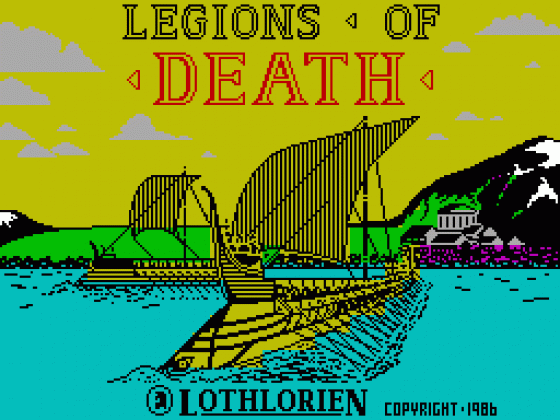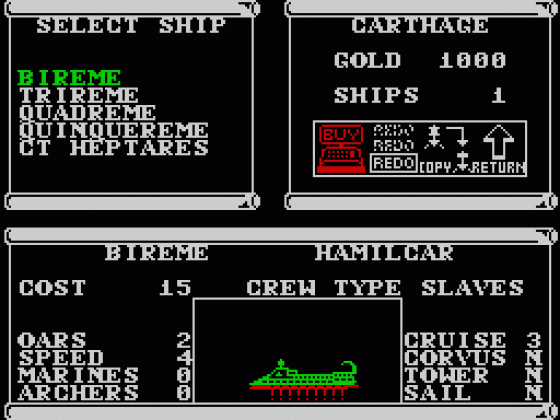Other Reviews Of Legions Of Death For The Spectrum 48K
Legions Of Death (Lothlorien)
A review by Richard Blaine (Your Sinclair)
Legions Of Death (Lothlorien/Argus Press)
An outstanding naval wargame set in a backwater of history
Legions Of Death (Lothlorien/Argus Press)
A review by Gary Rook (Sinclair User)
Legions Of Death (Lothlorien/Argus Press)
A review


 1st February 1987
1st February 1987











